Interesting history with this newest addition to the collection, Blip! The next m&g you make you should bring it with you. I, personally, would like to see how it operates.
Navigation
Install the app
How to install the app on iOS
Follow along with the video below to see how to install our site as a web app on your home screen.
Note: This feature may not be available in some browsers.
More options
-
ODT Gun Show & Swap Meet - May 4, 2024! - Click here for info
You are using an out of date browser. It may not display this or other websites correctly.
You should upgrade or use an alternative browser.
You should upgrade or use an alternative browser.
1863 "Lamson" civil war contract 1000 produced...
- Thread starter BLIP
- Start date
-
- Tags
- 1863 killed by spencer lamson
I had a few minutes, still in the cleaning process...
You just have to say...
"Dang, this thing is one hundred and sixty years old!!!" When you run through the solid action... very few guns we have today would take the abuse this one has, although I seriously doubt it was ever fired.
Take note of the added safety after it was "decommissioned."
Details soon...
Thanks for following.
You just have to say...
"Dang, this thing is one hundred and sixty years old!!!" When you run through the solid action... very few guns we have today would take the abuse this one has, although I seriously doubt it was ever fired.
Take note of the added safety after it was "decommissioned."
Details soon...
Thanks for following.
Attachments
-
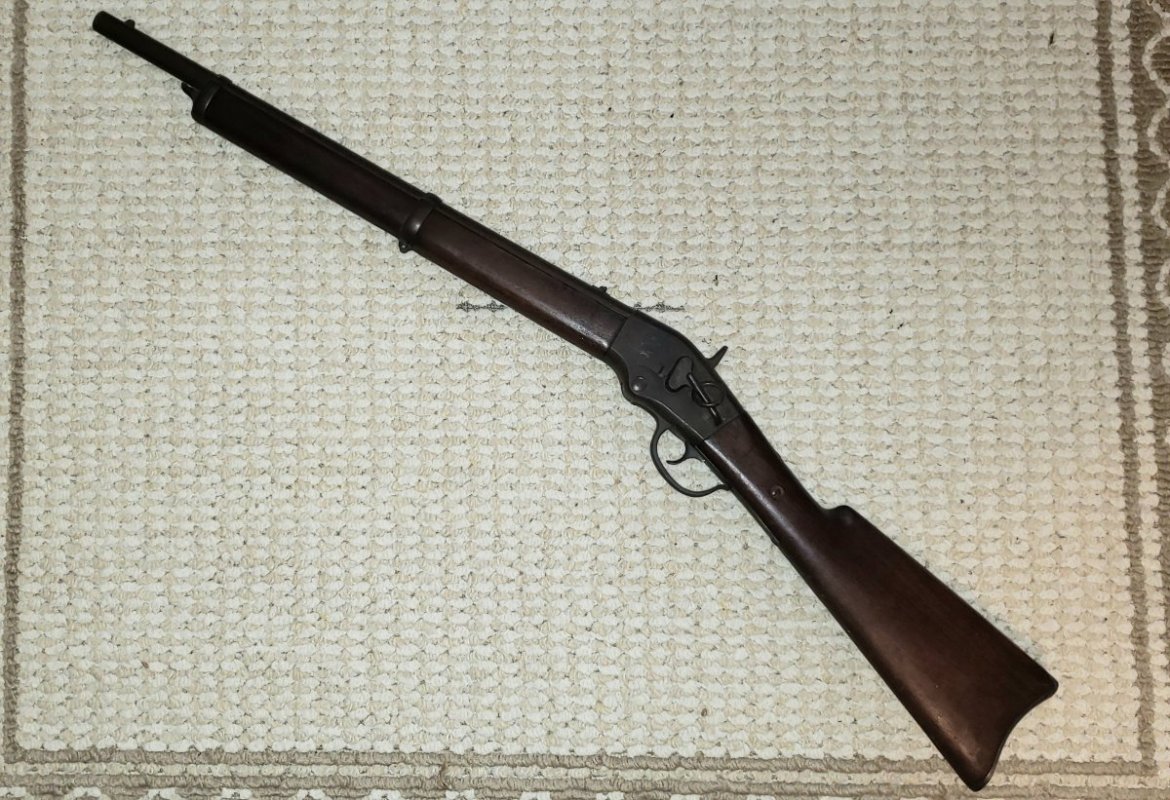 20231128_222750.jpg274.1 KB · Views: 6
20231128_222750.jpg274.1 KB · Views: 6 -
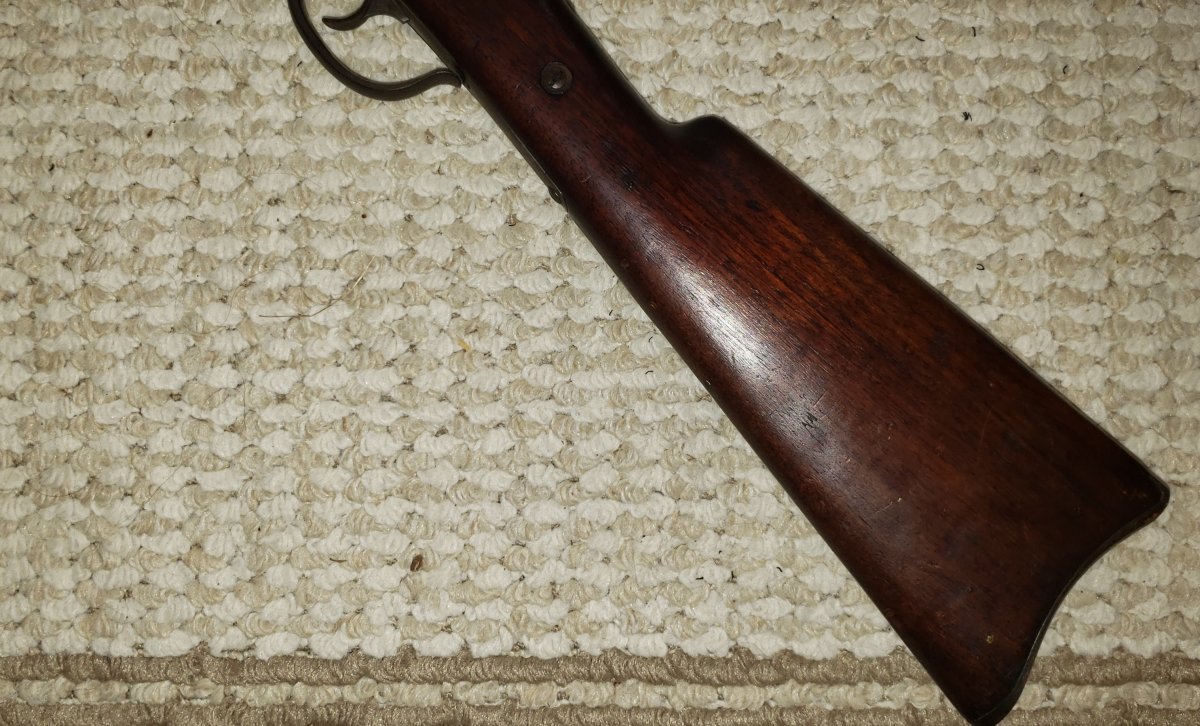 20231128_222823.jpg205.7 KB · Views: 7
20231128_222823.jpg205.7 KB · Views: 7 -
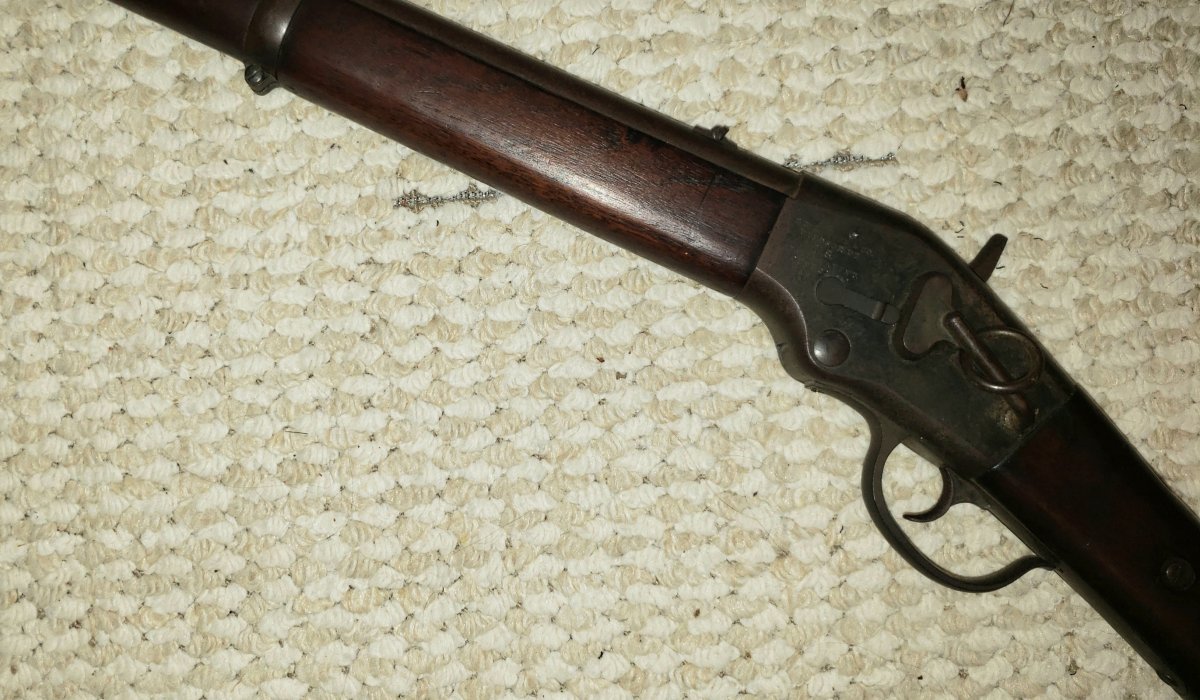 20231128_222853.jpg183.4 KB · Views: 6
20231128_222853.jpg183.4 KB · Views: 6 -
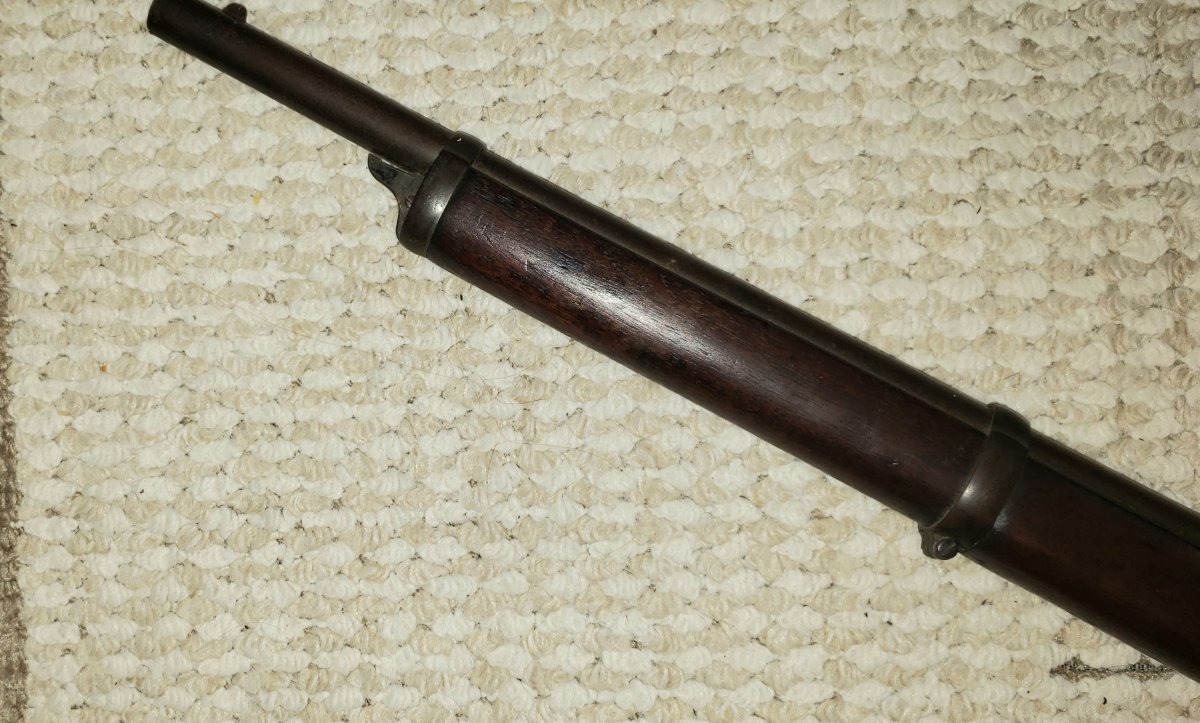 20231128_222928.jpg177.3 KB · Views: 6
20231128_222928.jpg177.3 KB · Views: 6 -
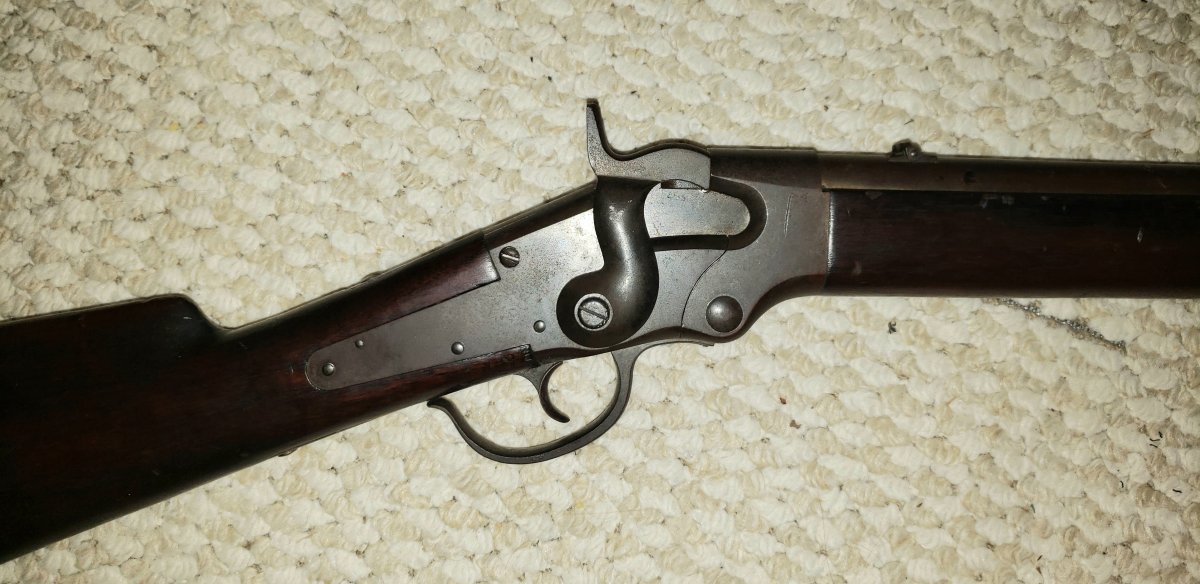 20231128_222954.jpg134.3 KB · Views: 7
20231128_222954.jpg134.3 KB · Views: 7 -
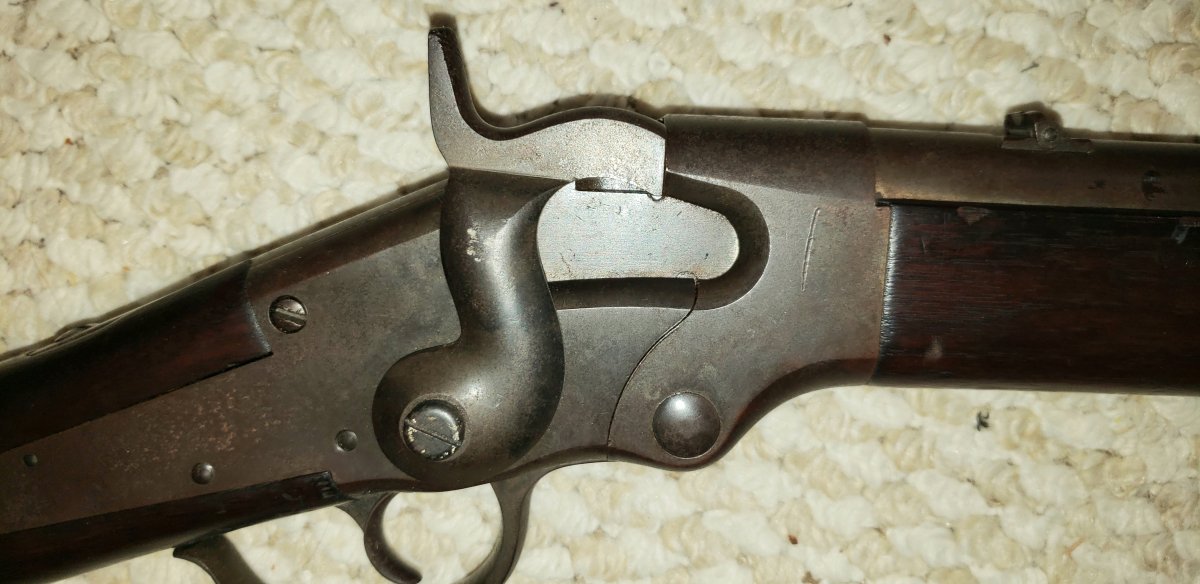 20231128_223054.jpg114.2 KB · Views: 6
20231128_223054.jpg114.2 KB · Views: 6 -
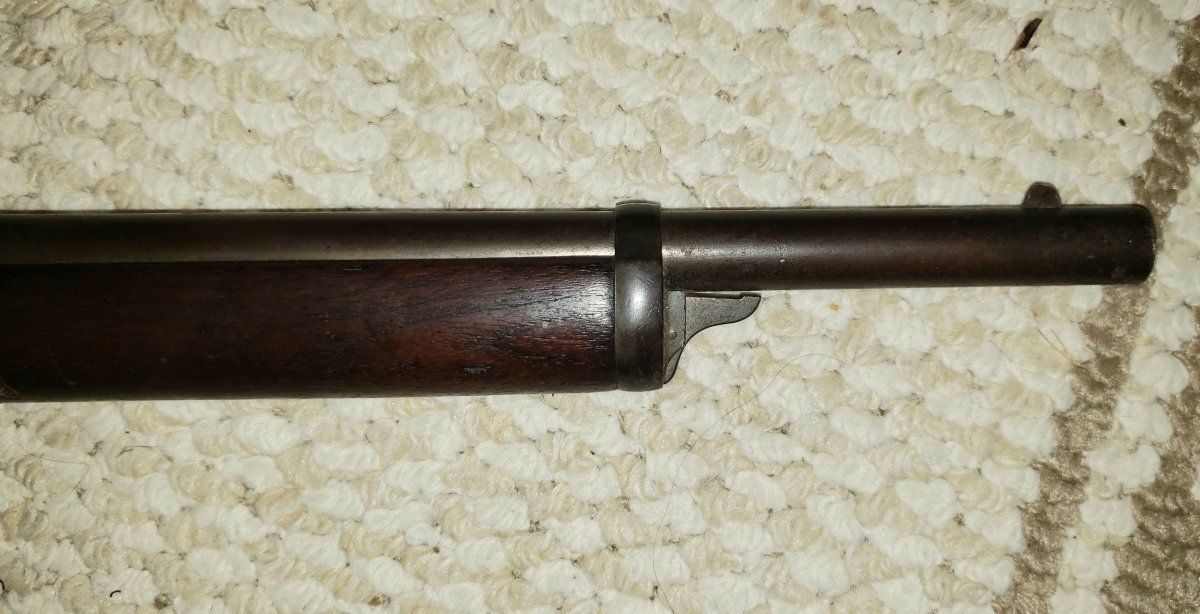 20231128_223026.jpg131 KB · Views: 6
20231128_223026.jpg131 KB · Views: 6 -
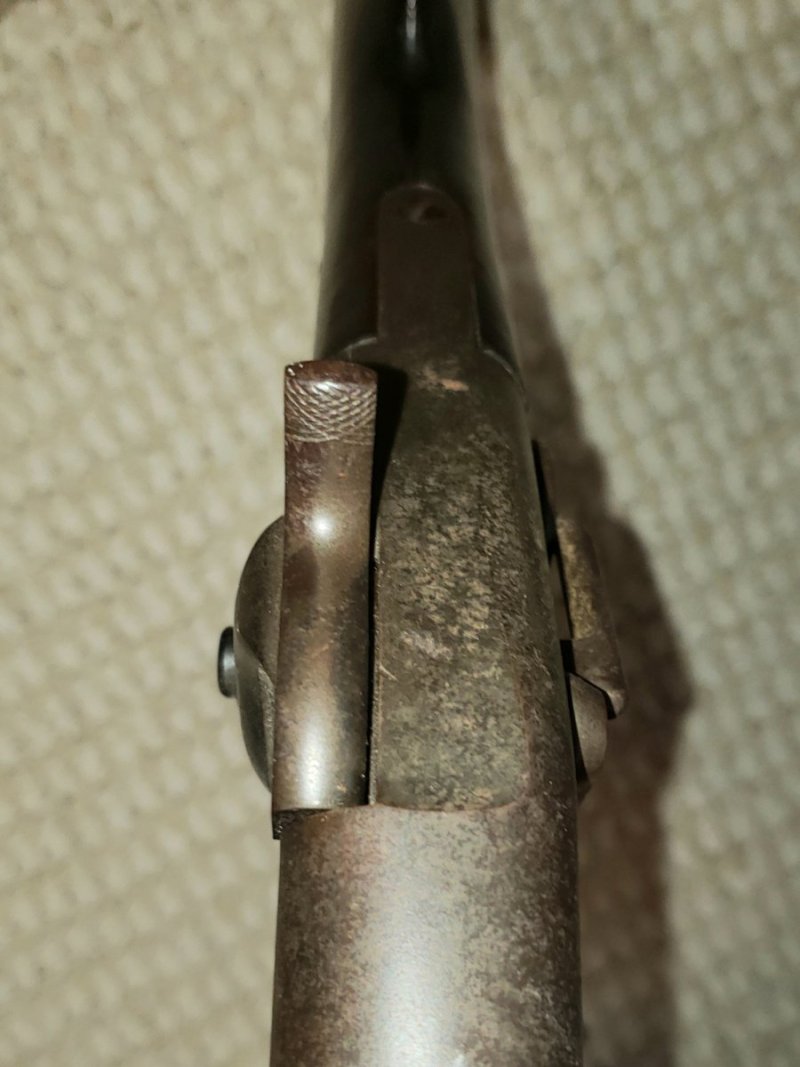 20231128_223115.jpg121.2 KB · Views: 7
20231128_223115.jpg121.2 KB · Views: 7 -
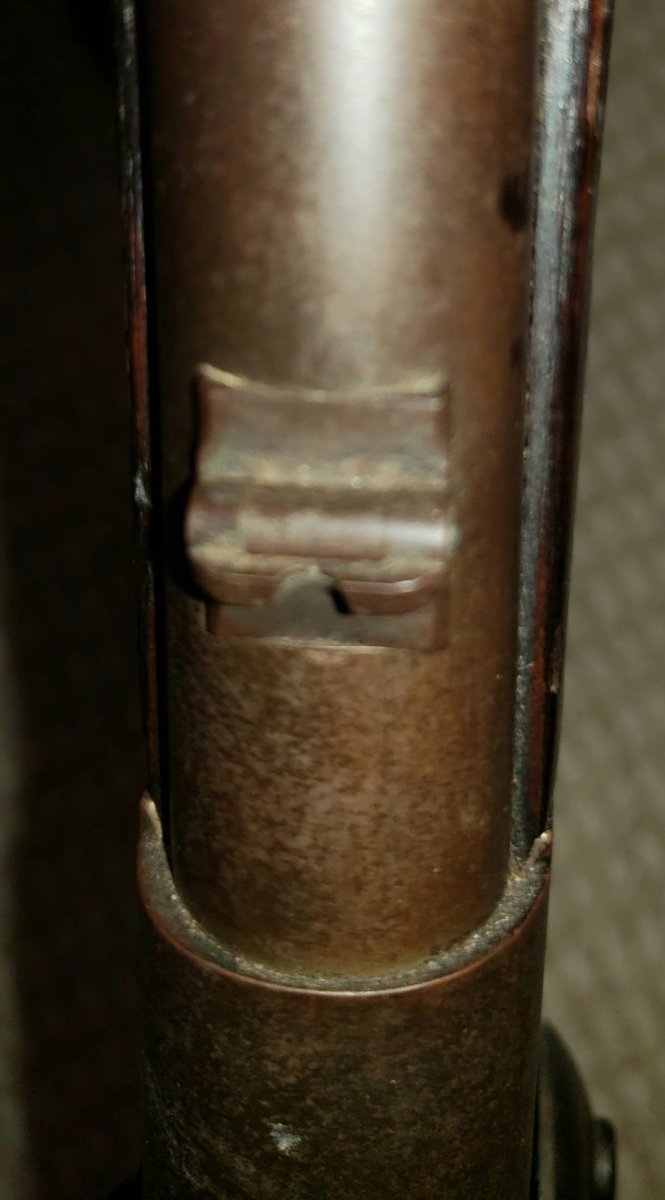 20231128_223149.jpg79.6 KB · Views: 7
20231128_223149.jpg79.6 KB · Views: 7
The Lamson & Ball repeating carbine was one of the last Civil War arms manufactured, as an initial order of 1,000 units was placed in June of 1864 but not actually delivered until April and May of 1866. The delay was in large part caused by the government changing the caliber after the order had been placed, from .44 to the newly standardized .56-50 Spencer cartridge. The manufacturer was E.G. Lamson, who was an industrialist who had puchased the defunct Robbins & Lawrence rifle factory in 1858. He had done this with the intention of making sewing machines and other mechanical products, and jumped at the opportunity to take arms contracts once the Civil War erupted.
The Ball carbine is in some ways a mixture of Spencer and Henry elements, with an independent hammer and lever like a Spencer, but an under-barrel tube magazine (capacity of 7 rounds) like a Henry. The most interesting feature of the Ball was how it split the chamber into two separate pieces, and used the lower one as a cartridge elevator. This system apparently worked quite well when new, but suffered accuracy problems as the components started to wear with use.
Everyone's favorite hippy...
Very well described.Everyone's favorite hippy...
Good video on Forgotten Weapons about it, super cool and clean piece!
Congrats brother !
Very nice piece of history, and family history too
Thx for sharing
Very nice piece of history, and family history too
Thx for sharing




